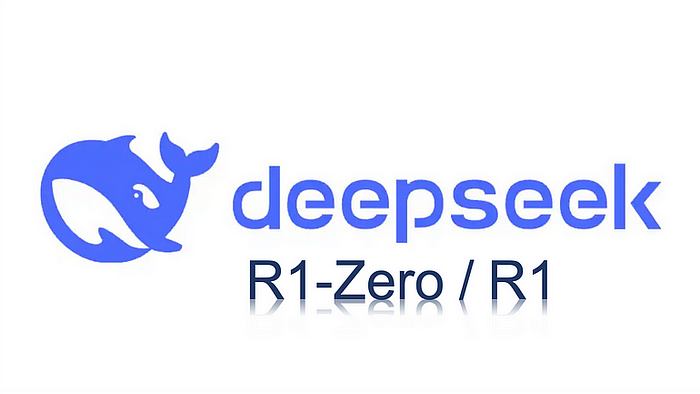Member-only story
DeepSeek | DeepSeek R1 | Python | Fine-Tuning | AI | LLM | Beginner-Friendly | Human-Like LLM
Fine-Tuning DeepSeek R1 to Respond Like Humans Using Python!
Learn to Fine-Tune Deep Seek R1 to respond as humans, through this beginner-friendly tutorial!
Not a Member?
Access the full article here (and don’t forget to leave at least 5 claps 👏🏻👏🏻)
Let’s make DeepSeek R1 respond like us — humans!🚀
It is one of those tasks that were tried to achieve in almost all the LLMs be it Gemini, Llama or GPT, and now with the staggering performance metrics, it's time for DeepSeek-R1 to prove itself.
Through this article, you will learn how you can make the general-purpose DeepSeek R1 model, stop responding like machines and be as emotive and intriguing as us — humans!
Stick till the end, and you will be able to make one such model for yourself!

Introduction
DeepSeek R1 has introduced a completely new way by which LLMs are trained and has brought an impressive change in the way these models respond after thinking and performing a set of reasoning.
This small change in performing the thinking and reasoning before responding has brought really remarkable results in most of the metrics. And that’s why DeepSeek R1 has become the go-to choice for almost all savvy developers and founders.
Some developers and founders are also discovering the way they can utilize this best available model for their specific projects and products. This article has also tried to throw some light on the process of fine-tuning the DeepSeek-R1 model.
In this article, you will be fine-tuning the distilled version of the DeepSeek-R1 model, especially for tailoring the response generated to be as emotive and intriguing as ours — humans!
Through this article, you will learn how to structure the dataset in a way used for fine-tuning the model. After tuning it, merging and saving it on the Hugging Face Hub.
Though fine-tuning is a computationally expensive task…

